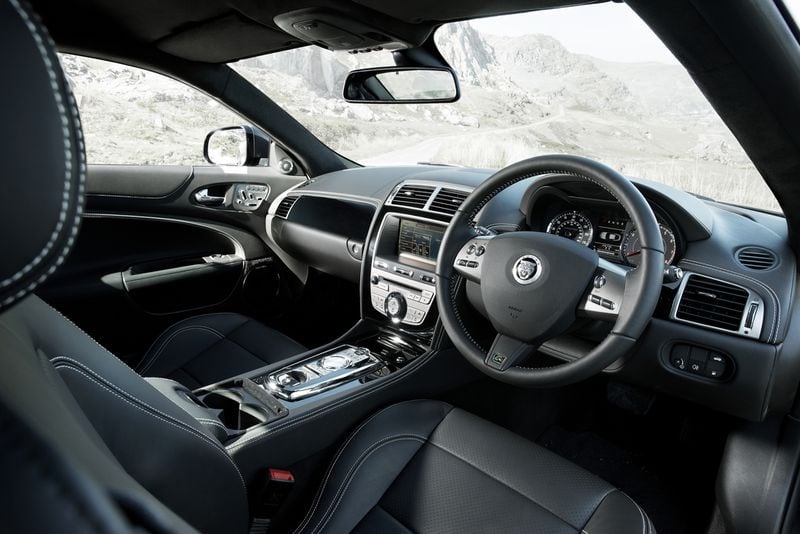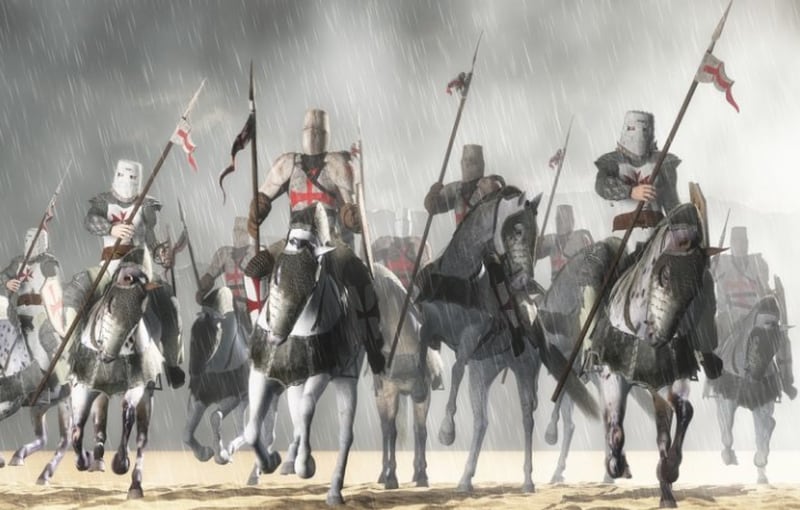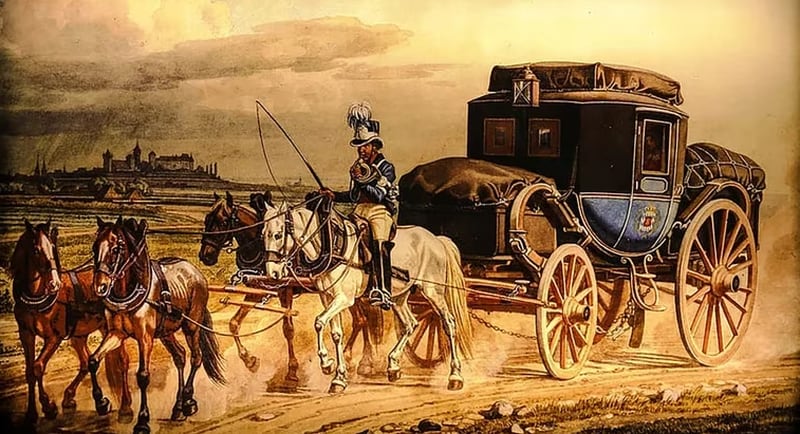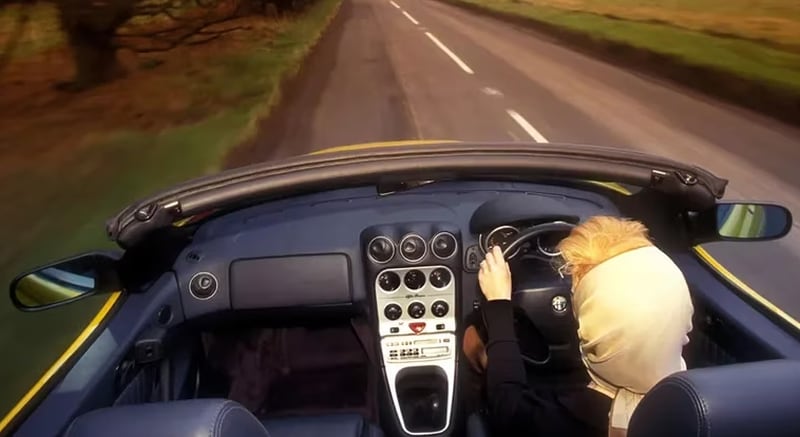In total there are 75 countries where we ride the opposite of what we are used to in Chile.
When we get into a car to drive, we unconsciously do so on the left side of the vehicle. Like a large part of the world’s population, it is not in our travels to think about driving with the steering wheel on the right.
But we know that there are several countries that have other traditions. England, Japan, Thailand, India are some of the best known, but the truth is that there are 75 countries/nations in the world that drive on the right.

But if traffic lights are universal, Why was there never an agreement to unify the criteria behind the wheel?
Before we get to that answer, let’s talk about the origins of drivers. And we’re not just talking about motorists who have been on this planet for barely a century, but to those drivers of means of transport who have allowed the evolution of humanity.
The first mentions of it date from the Middle Ages. At this time, small-scale trade and agricultural routes were beginning to develop. On these roads, the horse-drawn carriages were in charge of transporting the products and the goods and they did it with the drivers on the left side of the lanes, just as we drive in Chile and much of the West.
According to the ABC site, the reason was functional and safe. Since most of them were right-handed, when they rode they carried the whip with which they struck the horse in their right hand, leaving control of the reins in their left hand.

And it is said that it was also for safety because, since the whip which struck the horse was on the right, it was less likely to impact pedestrians on the side of roads.
As if that were not enough, reinforcing the rightist thesis, in those years, those who carried goods and rode could suffer thefts Therefore, when they had to defend themselves, they took the sword with the right hand, which was the most skilled.
What was a use that no one questioned, but was simply accepted as a natural practice, It was ratified in the middle of the Jubilee of the year 1300, when Pope Boniface VIII decided that road safety had to be regulated to prevent the multitude of pilgrims arriving in Rome from ending up causing a tragedy. These were times when the capital of the empire already exceeded one million inhabitants, which thousands would join at such a grand event.
This is how the sovereign pontiff ordered to divide the Roman roads by a white line in the center and determine that the cars would circulate on the left, with the same premise of taking the reins with the left hand and leaving the right hand free, with which, among other things, the wheel brake was activated, which consisted of a lever that blocked the right front wheel.
This was the first formal traffic regulation, which, due to the influence of Rome, ended up being adopted in a large number of European countries.
It seemed like a resolved situation.
time for change
It took 500 years to Napoleon Bonaparte intervene in history, and taking advantage of his left-handed condition, who preferred to leave his left hand free to the right, decided that in France and in all countries conquered or influenced by the power of his army, the direction of traffic had to be changed.
The exception was England, where Bonaparte’s power of conquest did not reach. There, it was decided to maintain left-hand traffic as it is used until today and which several territories of the English domain have adopted.
In the United States, because it was a British colony, it was like that in principle. However, in North America larger cars were used, with more than one row of horses to pull them, and it was customary for the driver to sit in the last loop on the left in order to use the whip with his right hand.

For this reason, he began to circulate with his right hand, since when he was on the left, “the coachman” could clearly see if the wheels of his car would hit those of the oncoming one.
It is also said that, in order to cut all ties with the British, from the Declaration of Independence of the United States of 1776, it was also decided to reject its way of circulating, which, in addition, it was viewed favorably by the enormous number of inhabitants from other European countries, where they drove on the right and not on the left.
The rule to keep the right lane was signed in 1792 and became law in 1804.
Like the world itself, traffic has changed dramatically with the advent of the automobile. Having a gear lever that did not exist in cars, made it more convenient to place the driver on the left side so that changes could be made with the right hand but if the cars continued to drive on the left, passengers would board and alight on the side which could receive traffic from the front.

England tried to make the switch in 1969, seeing that the whole of the European continent had adopted the “Napoleonic” way of driving, however, The extremely high cost of such a reform made him abandon the idea, until now.
Realizing this reality, the English government has stubbornly issued a series of warnings to tourists about oncoming traffic on its streets. The objective was to reduce accidents caused by pedestrians who, before crossing, look to the left without doing so from the actual direction of arrival of the cars: the right.

Source: Latercera
I’m Rose Brown , a journalist and writer with over 10 years of experience in the news industry. I specialize in covering tennis-related news for Athletistic, a leading sports media website. My writing is highly regarded for its quick turnaround and accuracy, as well as my ability to tell compelling stories about the sport.


